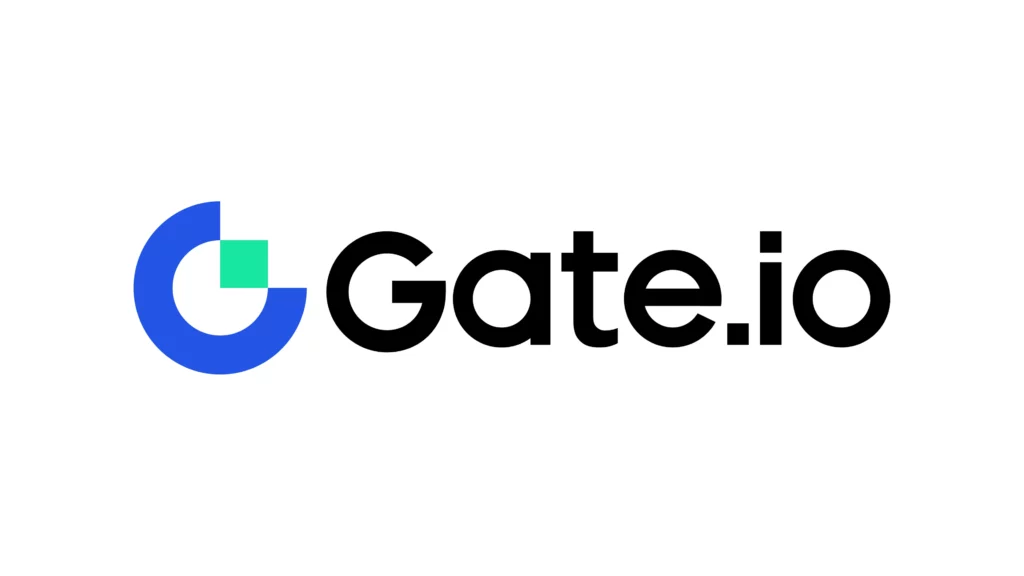Staking is the system of earning rewards and interest by the process of holding or investing cryptocurrencies. It uses the Proof of Stake (PoS) consensus mechanism, a process by which some blockchains validate transactions and add new blocks and secure the network. PoS depends on the validators selected based on how much crypto they have staked and how long they have held it.
There are 2 general types of staking: CeFi (Centralized Finance) platform staking, and DeFi (Decentralised Finance) platform staking. In CeFi staking, users deposit their crypto in centralized exchanges, and the platform stakes their crypto, and they can earn rewards passively. On the other hand, in DeFi staking, users can connect their wallet to a DeFi protocol and stake directly in a smart contract or a pool, they can earn staking tokens that represent the staked assets, and can be further traded or used. Here is a list of the top crypto staking platforms in the market:
1. Tezos
Tezos is a decentralized, open-source blockchain network that is created to offer support to smart contracts and dApps (decentralized applications). The platform uses a variation of PoS called the Liquid Proof of Stake or LPoS offers a mix of security and decentralization and allows token holders to either stake their tokens on their own or delegate them to another validator or baker without transferring their ownership. There are no lock-up periods for delegators in this system.
The annual yields range from 5% to 7%, and the rewards are distributed roughly every 3 days. Tezos is an energy-efficient blockchain that has a unique governance model with a staking mechanism that is very flexible and beneficial to token holders.
2. Coinbase
Coinbase was founded in 2012, and the CeFi platform has more than 100 million users around the world. The platform was created for all levels of traders and has something for everyone. Users are offered staking for a wide range of cryptocurrencies, and unstaking assets is easy as well.
Cryptocurrencies that are staked on the platform are locked within the protocol. Rewards are distributed depending on the asset’s protocol and credited to users’ accounts regularly. Coinbase aims to give its users a chance to earn rewards by being a part of the blockchain network operations.
3. Aave
Aave is a decentralized platform that allows users to borrow, lend, and earn interest on crypto assets. It was initially built on Ethereum but now operates its Layer 1 and Layer 2 networks on Avalanche, Optimism, Arbitrum, and Polygon.
AAVE holders on the platform can stake their tokens in the Safety Module, which is a built-in insurance mechanism that is created as a protection against shortfall events. By staking their tokens, users can get stkAAVE tokens that represent their staked balance and give them a chance to earn rewards.
4. OKX
OKX is a crypto exchange that offers traders a comprehensive list of services such as spot trading, futures and perpetuals, options, and margin trading. They aim to be the most trusted and innovative exchange by providing secure and user-friendly services. Users can deposit cryptocurrencies that are supported onto the platform’s staking interface.
There are various options for staking available, including fixed and flexible terms to make gains for participating in network validation processes or providing liquidity to DeFi protocols.
5. Rocket Pool
Rocket Pool is an Ethereum staking protocol designed to give users a secure, scalable, and community-owned alternative to traditional staking. The platform allows users to participate in Ethereum staking with as little as 0.01 ETH. This is due to the liquid staking token, rETH, that is used to represent a user’s share of the staked ETH.
There is a 2-layer system deployed on the platform o, the first is that of Liquid Staking, where users can stake ETH and get rETH tokens in return. These tokens appreciate in value and let users maintain liquidity and take part in DeFi activities. The second is node staking, where users can run validator nodes with a minimum of 16 ETH that are backed by additional ETH from the network itself.
6. Nexo
Nexo is a platform that aims to bridge the gap between traditional finance and the crypto ecosystem through its seamless and secure financial solutions. The staking model allows users to deposit assets like ETH, BTC, USDT, USDC, and NEXO tokens into their Nexo Earn Wallet. These deposits then incur compounding interest daily.
Users get a chance to choose between flexible terms and fixed terms and APY up to 16%, depending on assets and the term. Staking NEXO tokens also lets users access better interest rates and reduced loan fees.
7. Bitfinex
Bitfinex is an exchange that provides a secure platform for trading and financial services to users globally. They have a soft-staking program that lets users earn passive income by holding specific PoS tokens in their accounts. Unlike traditional staking, the platform does not require users to lock up their assets or participate in network validation directly. Instead, the users’ tokens are pooled and delegated to trusted validators, and the staking rewards are distributed back to the users.
The platform does not charge any staking fee,s and there is no minimum amount required to start staking. There is a $0.50 reward threshold per week and there is no lock-up period to trade or withdraw the staked tokens.
8. Lido Finance
Lido Finance is a decentralized platform that strives to enhance the staking experience for users through liquidity, security, and accessibility. They provide the option of staking assets without locking them up and making staking more inclusive and integrated into the broader DeFi ecosystem.
Once users deposit their assets on the platform, they get tokenized versions of their staked assets: stETH for staked Ethereum, stSOL for staked Solana, stDOT for staked Polkadot, and stKSM for staked Kusama. These tokens represent the user’s staked assets and accrue staking rewards over time.
9. Gate.io
Gate.io provides users with a diverse range of staking products combining the benefits of CeFi and DeFi. They have HODL & Earn and PoS staking programs that let users earn rewards by simply holding the cryptocurrencies that are supported in their wallet.
They also have a DeFi staking protocol for users who are looking for higher yields. Users can stake assets and earn rewards in not only the base asset but also in governance tokens like DYDX, COMP, or AVAX.
10. Compound
Compound is a DeFi protocol built on Ethereum that allows users to lend and borrow cryptocurrencies in a permissionless, autonomous manner. They also have a staking mechanism that works through their liquidity mining and governance participation model.
On the platform, users supply assets like ETH, USDC, and DAI to liquidity pools, which other users can borrow against, although it’s not technically staking, the process mirrors the passive income model of staking. This is because the suppliers get interest that is generated from the borrowing activity.
11. Gemini
Gemini is a regulated crypto platform that offers users the chance to earn passive income through its staking services, letting them participate in blockchain networks without the need for any technical expertise. There are 2 options for staking on the platform: the Basic Staking option lets users stake assets directly through the platform and is designed for those who want a simple method of staking without having to manage any validators.
The second option of staking is called Staking Pro, where users can directly stake in the Ethereum network and require a minimum of 32 ETH. They can also monitor their staking activities and rewards in real-time.
12. SushiSwap
SushiSwap is a DeFi platform that offers users the opportunity to make passive income through staking and taking part in the governance of the platform. SushiBar is the primary method of staking on the platform, users can stake their SUSHI tokens and receive xSUSHI tokens. These tokens appreciate with time and let users get a stream of passive income.
Users can not only earn rewards by staking but also get governance rights as xSUSHI token holders can join the decision-making process on the platform through voting.
Staking helps users get a chance to earn passive income and become an important part of the blockchain and crypto ecosystem. Users get a chance to earn higher returns than traditional savings or investments. While there are both CeFi and DeFi platforms offering staking options, it is advisable to choose the right platform according to your requirements.
Disclaimer. Readers are encouraged to do their own research. Ambcrypto is not liable for any outcomes related to the use of information, products, or services mentioned. This content may include affiliate or partner links.
Source: https://ambcrypto.com/top-12-staking-platforms-of-may-2025/





















